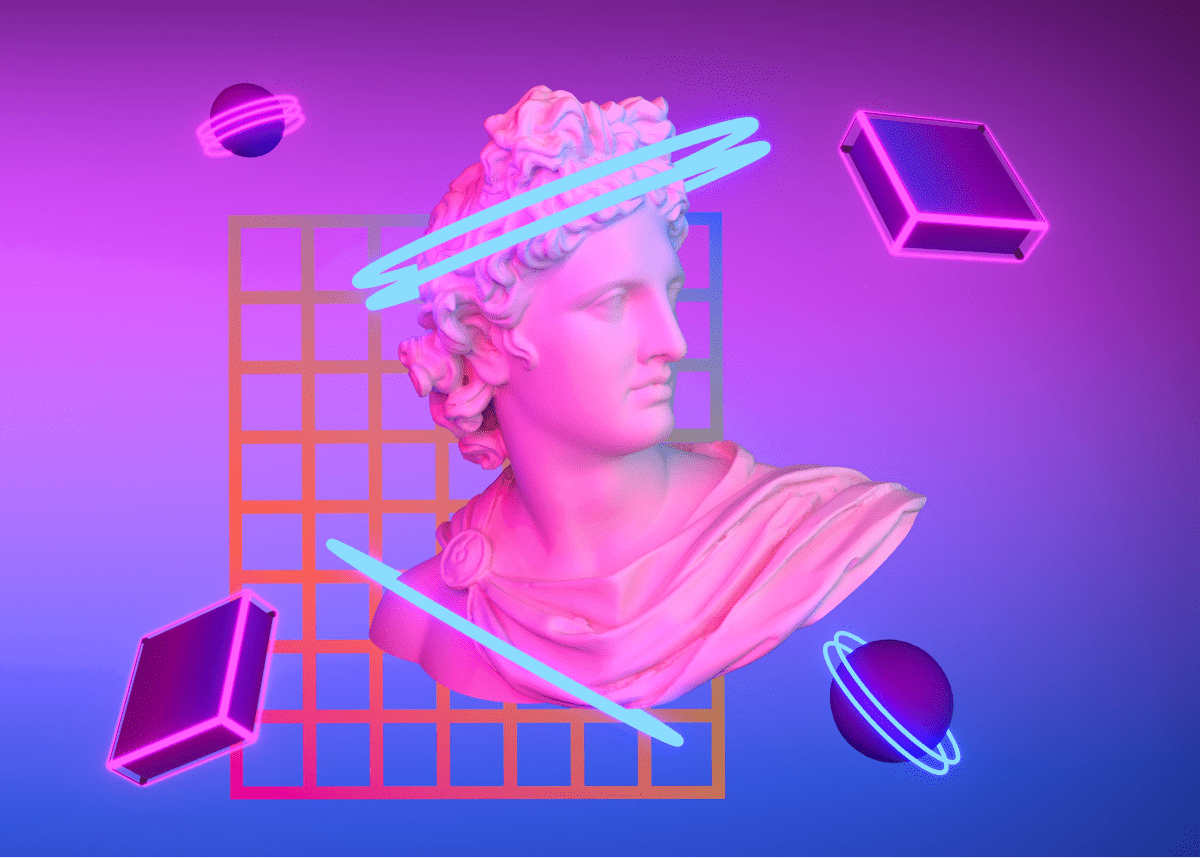Web3 Content Ownership: How Web3 Content Ownership is Empowering Creators
Web3 content ownership is more than just decentralized finance and NFTs—it’s redefining digital asset control on the internet. With the rise of decentralized platforms, Web3 content ownership ensures that creators now have more power over their digital work, bypassing intermediaries like social media platforms, publishers, and ad networks. This new model empowers creators while giving users control over their data.
Web3 Content Ownership and the Power of Decentralized Content Creation
In the traditional digital landscape, centralized platforms like YouTube, Instagram, and Spotify control content distribution and revenue. They set monetization rules and take a significant share of earnings. Web3 content ownership changes this dynamic by allowing creators to publish and monetize their work through decentralized platforms.
Blockchain technology enables creators to mint digital content as NFTs—unique tokens that represent ownership. This establishes a direct creator-audience relationship without intermediaries. Musicians, artists, writers, and videographers can sell their work as NFTs, retaining control over their intellectual property and earnings.
For example, Audius, a decentralized music streaming platform, allows artists to upload music and receive direct payments from listeners. Musicians can also sell limited edition music NFTs, enabling fans to own a piece of their work and earn from resale profits. Learn more about NFT applications in our guide to NFTs.
Web3 Content Ownership, Smart Contracts, and Royalty Automation
One of Web3’s key advantages is smart contracts—self-executing agreements that enforce terms without intermediaries. In content creation, smart contracts automate royalty distribution whenever content is consumed or resold, making Web3 content ownership even more beneficial for creators.
For instance, writers can publish on blockchain-based platforms like Mirror, earning payments per read or interaction. This removes reliance on ad-based revenue models or publisher approvals, giving writers full control over their work and earnings. Discover more on smart contracts in our blockchain technology guide.
The Future of Web3 Content Ownership
As Web3 evolves, more platforms will prioritize creator ownership. Rally enables creators to issue social tokens, while Foundation supports digital art sales. These platforms allow creators to build communities, issue tokens, and offer unique audience perks. Web3 content ownership is at the forefront of this shift, empowering creators in new ways.
In the future, creators could own their content rights while monetizing in multiple ways—through subscriptions, tokenized access, or fractional ownership. This shift will democratize content creation, providing independent artists and creators with more financial opportunities than ever before.
Conclusion
Web3 content ownership is revolutionizing digital asset control. By empowering creators and reducing reliance on intermediaries, it’s creating a fairer and more profitable internet. As decentralization continues to grow, Web3 content ownership will shape the future of content creation, making it more sustainable for artists, musicians, writers, and digital innovators alike.
Want to explore more about Web3 content ownership and its impact? Check out our in-depth guide to blockchain technology and Web3 content monetization strategies.
